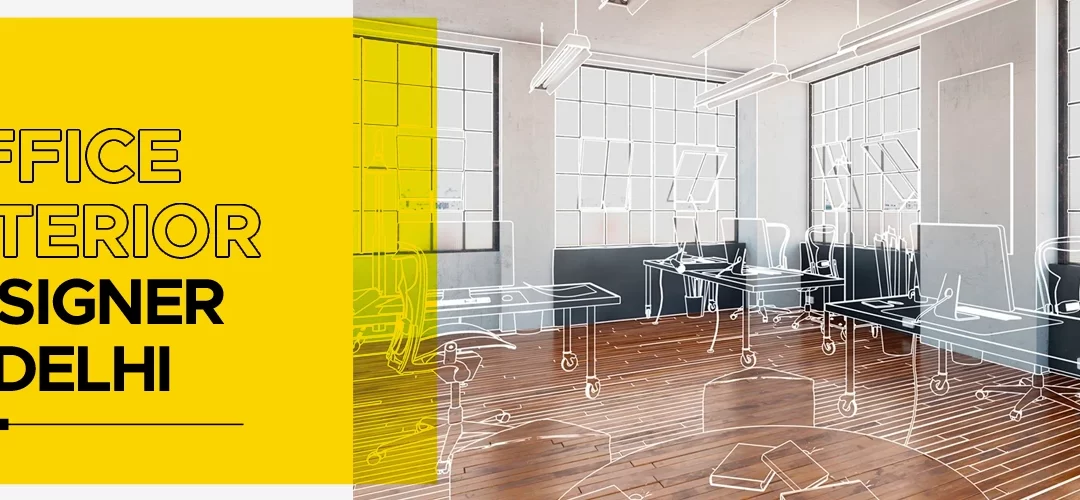Importance Of Balance In An Interior Designing
In the following, we’ll be discussing a vital topic that’s “Importance of Balance in an Interior Designing” and will discuss it thoroughly within the article. Configuring a space to reach its most potential is no simple task! It’s pretty common to start shifting furniture around with no real game plan in hopes of finding the layout that works best – and often without success. Usually, this happens most when one doesn’t understand how to properly create balance and harmony in an area.
So, how will we master the art of creating balance? For beginners, paying attention to how size, symmetry as well as weight come together is the very 1st step in understanding how to create a balance. So, here are three design rules to keep in mind when rearranging your furnishings and decor:
1. Symmetry, Weight, and Scale
Creating balance in a room or a complete home is all about symmetry. Us humans love symmetry, and we always choose to spend time in asymmetrical and orderly space versus a cluttered and chaotic one. When it comes to interior design, some rooms benefit from very symmetric designs, and others get pleasure from more of symmetrical distribution of weight. Each or every side of the room practically mirrors the other half, which is a design aesthetic that works fantastically and amazingly so long as you retain the clutter as well as chaos down to a minimum.
Our Design works to bring out the balance by focusing on weight and scale instead of symmetrical styles. For instance, heavy open shelves are perfect for creating balance with an off-centered window, or 2 armchairs can quite easily balance out the weight as well as the proportion of a large sofa.
2. Architectural Focal Points
Most rooms come with built-in focal points, i.e. bay windows, fireplaces, exposed brick walls, floor to ceiling windows and so on. While these may not be one of the first elements we decide to plan our design around, it’s important to work with them instead of against them.
One way to work with such elements is to understand which “lines of symmetry” can work best with your focal point. The “good lines” show the most effective areas for larger furniture pieces. If you’re not hiring an interior designer and/or are new to styling your own area, placing your foundation pieces along these lines can provide the most effective symmetry (remember, symmetry is key!).
3. Decor and Accessories
Now that you’ve sorted out your room’s furnishings taking into account symmetry, weight, scale, and focal points, it’s time to give your space personal touches! The decor is often just as tricky as the foundation pieces since we frequently accumulate a lot of keepsakes throughout the years, which can easily overwhelm the eye. However, there are a few tricks to getting a curated and polished look when it comes to your own home decor!
While symmetry may not be as necessary when it comes to decor, balance undoubtedly is! For instance, large decor, as well as accents (like big plants or sculptures), looks best in bigger rooms. This keeps the size of the decoration proportionate to the rest of the room; adding to the area instead of overcrowding it. The same goes for table decor; that enormous lamp might be lovely but it’ll look out of place on a table that’s too small!
As for smaller pieces, vignettes are the best way to make use of these decorations. These pieces don’t have to match perfectly but should complement one another. Another good rule of thumb when displaying small-scale or tiny things is to cluster or group them in odd numbers. For some of the other reasons, our eye finds this more soothing than seeing even numbers.
To recap, when styling your home, there are a few key elements that will help keep your interior looking balanced and well-thought-out; paying attention to symmetry, weight, and scale for the overall layout is the first step. Once you have figured out how to maintain balance with the room’s “weight,” the next step is to pay attention to those architectural focal points. Using these focal points as a guideline for your larger furnishings can help dictate how to assemble your weight and symmetry. And lastly, when it involves your finishing touches, size, and scale matters! Keep the size and scale of your decor proportional to your room and furnishings. If that’s all too much to digest, it is no surprise.Looking for Home Interior Designers in Delhi
There is a reason that interior designers exist. Just like a doctor or a lawyer, interior designers are educated and experienced so that your house is designed right the first time. This could literally save you thousands of money and lots of time and frustration.

